Pastel Techniques | The Dry Underpainting
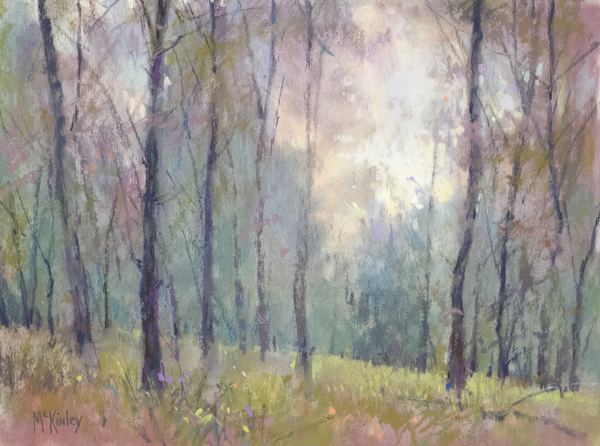
The general purpose of beginning a pastel painting with an underpainting is to create a setup in advance of the application of pastel. It is the cake, so to speak, to the icing. An underpainting is particularly useful when surface tone is vastly different than what is being portrayed. This can be especially bothersome in dark passages where major amounts of pastel would have to be applied, making subsequent pastel application difficult.

Underpainting Materials: Various products can be utilized for the creation of an underpainting. The only consideration is the surface’s ability to accept the product and retain enough abrasion to allow for pastel application. Artists have experimented with a multitude of underpainting techniques, wetting pastel with a range of materials, including water, odorless mineral spirits, alcohol and resins. Other wet painting mediums such as watercolor, gouache, liquid acrylic paint and thinner oil paint can also be utilized. These wet underpainting methods create unlimited possibilities for translucency, texture and serendipitous effects. Their creative potential continues to expand as new surfaces and products become available.
The Dry Underpainting: Wet underpainting techniques are very popular with pastelists, but they are not the only means of achieving an artistic setup in advance of thicker pastel application. The simple act of drifting, smudging and smearing dry pastel across a surface can provide some extremely interesting effects and requires no special solutions or preparation. Three things govern the outcome: the pastel, the surface and the implement used for smudging. These three things interact to produce a wide degree of variance. Things to keep in mind:
- Traditionally, harder sticks of pastel work best for dry pastel underpainting. They deposit a minimal amount of pigment, providing more control. When softer sticks are used, it’s best to apply as little pastel as possible; otherwise, a heavy pastel layer will form.
- Richer pastel hues, those containing less grey, are also preferable, unless a muted undertone is desired.
- Surface will affect the final appearance by the nature of its base tone and tooth. The lighter the surface tone, the brighter the underpainting will appear.
- The tooth of the surface will affect how much pastel can be applied and drifted without being lifted.
- Tools used for smearing/drifting the pastel can be the artist’s hand or any number of external devises such as a paper towel, leather chamois, a piece of plastic foam pipe insulation, or a plastic shopping bag. It is advisable to experiment before committing to a serious painting project.
Wet underpainting techniques play a big part in my pastel work but I am also very fond of creating dry pastel underpaintings. By applying light layers of pastel and drifting it across the surface with the aid of a paper towel or piece of foam pipe insulation, I don’t have to worry about retaining edges. In fact, I encourage the loss of edges by drifting in counterpoint to the blocked-in shapes. This creates a beautiful ethereal underpainting—a sort of dream for the subsequent building of a pastel reality.
MORE RESOURCES FOR ARTISTS
• Subscribe to Pastel Journal magazine
• Watch pastel art workshops on demand at ArtistsNetwork.TV
• Get unlimited access to over 100 art instruction ebooks.
• Online seminars for fine artists
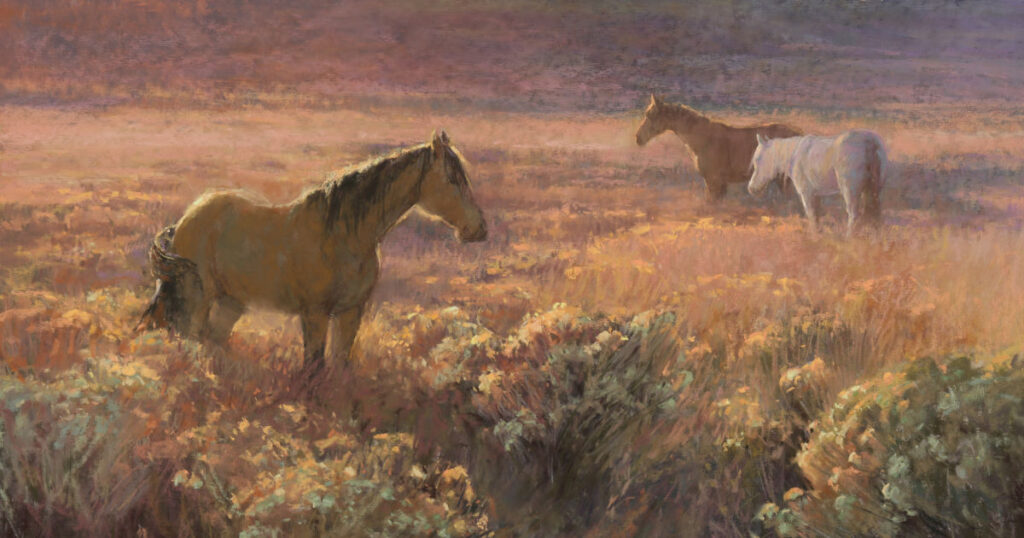
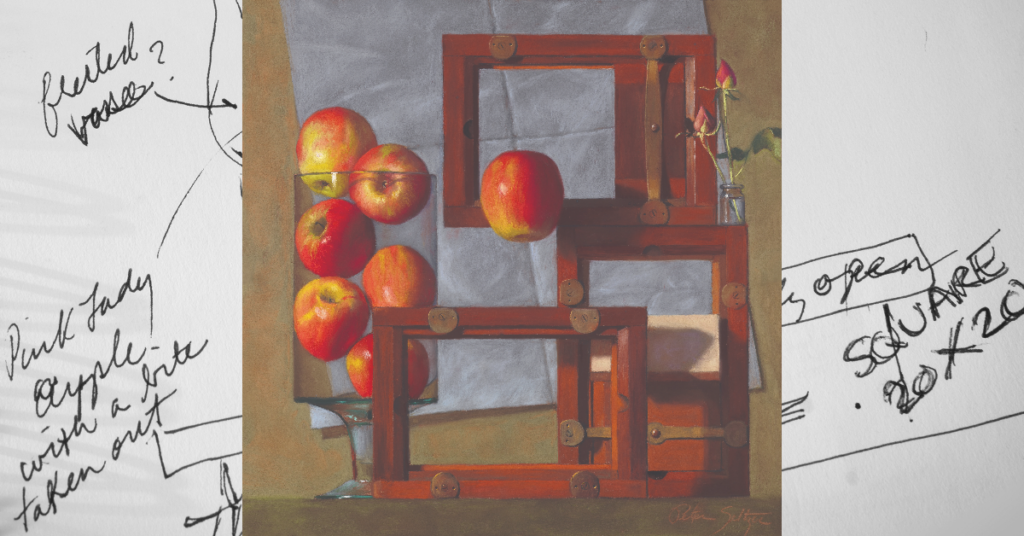
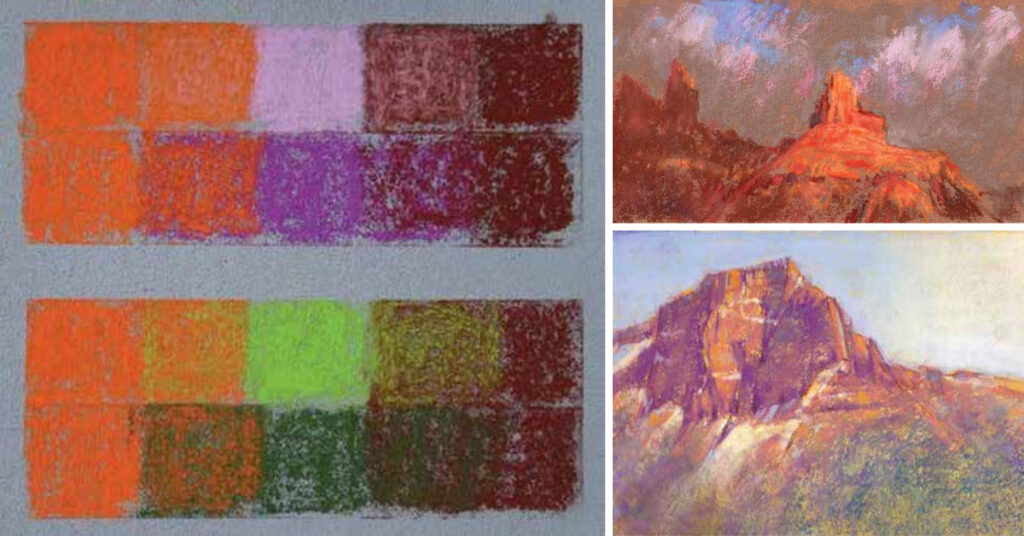
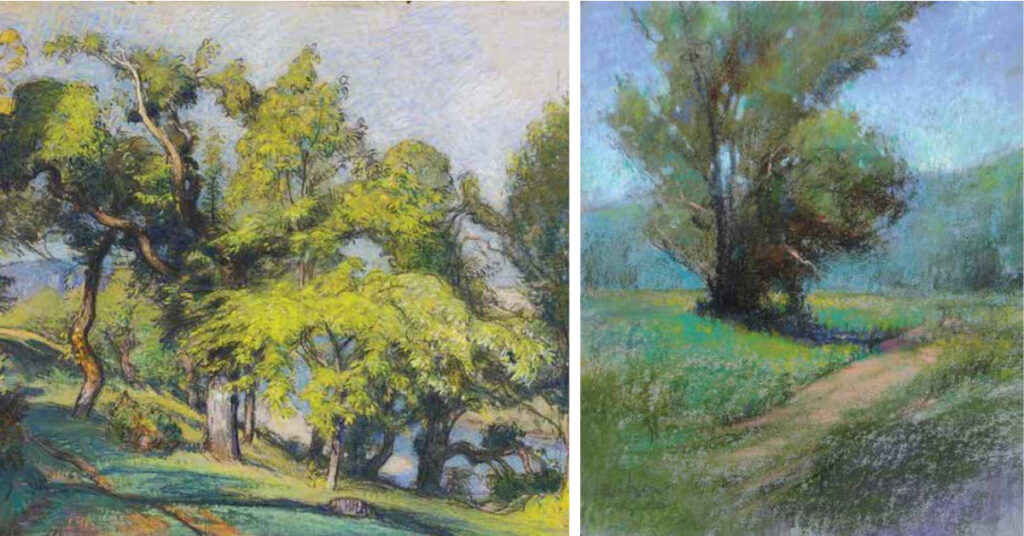
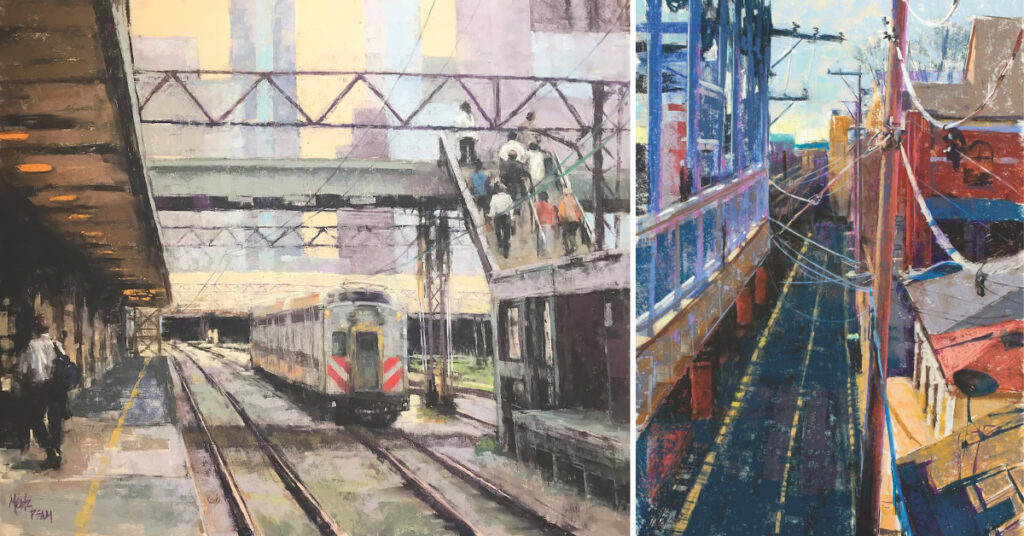
Have a technical question?
Contact UsJoin the Conversation!